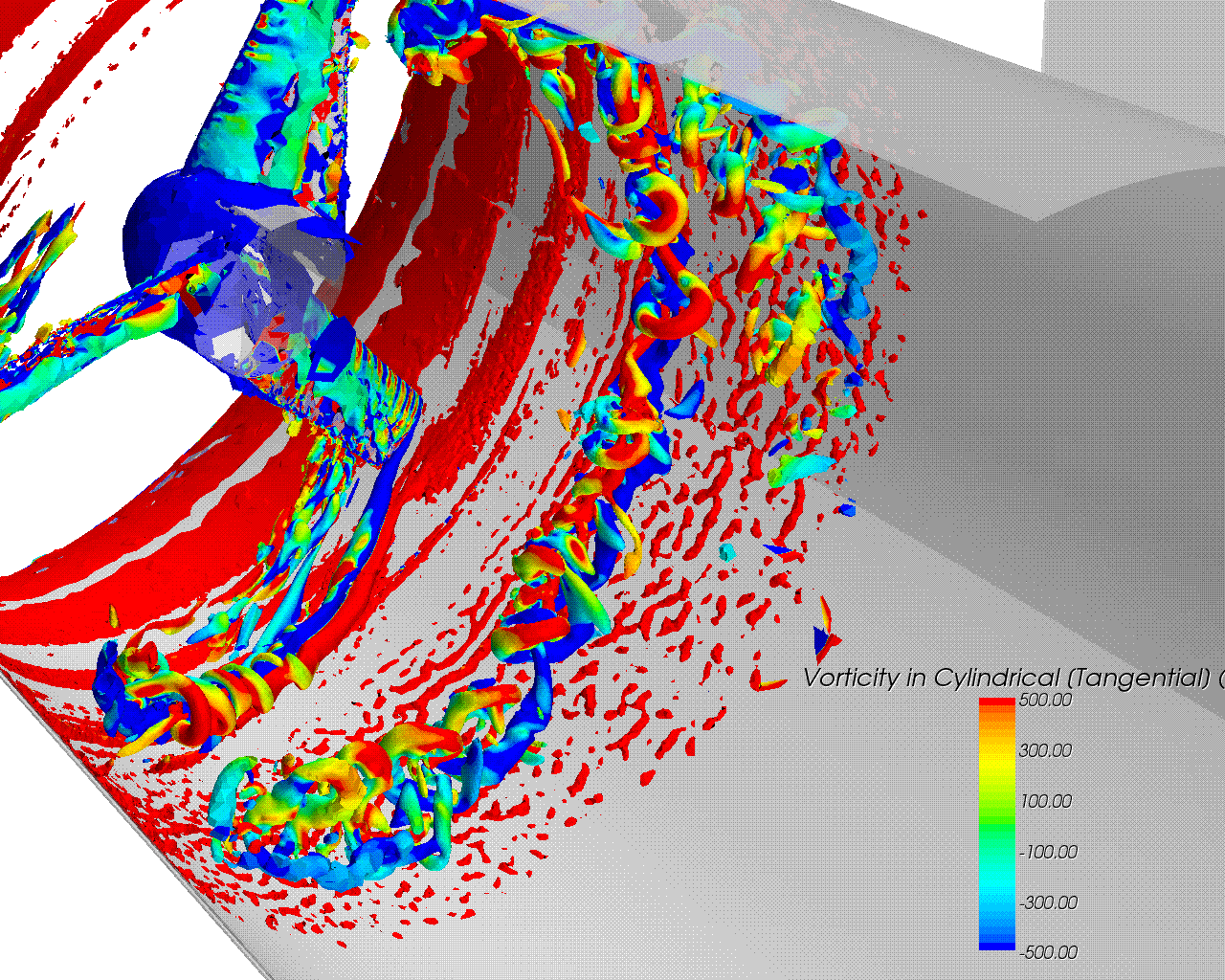1kW lens wind turbine
Outline of 1kW lens wind turbine
Single type 1kW lens wind turbine. It is compact, quiet, and capable of generating power even with weak wind. This small wind turbine is easy to install and can generate power from close by, and can be installed in a variety of locations, including residential areas, rural villages, and mountainous regions. It has been proven that bird strike, which is a problem with wind power generation, does not occur, and that it is highly durable and requires little maintenance cost.
■Independent system: Outputs 24 VDC or 48 VDC to store electricity in storage batteries.
■A grid-connected version is currently under development.

Specifications of 1kW lens wind turbine
| Rated output (Rated wind speed) | 1kW (11m/s) |
|---|---|
| rotor diameter | 1.48m |
| Wind collection lens outer diameter | 1.96m |
| Diffuser (Wind collecting lens) | Cii type, brim height 7.5% |
| hub height | 12m |
| Wind collection lens upper end height | 13m |
| Wind turbine body weight | 92kg |
| wind turbine format | With air collector/horizontal axis/downwind |
| blade | 3 sheets, fixed pitch, GFRP |
| Generator | Coreless multi-pole synchronous generator, outer rotor (rated speed 550rpm) |
| Yaw system | passive |
| break | short circuit brake |
| manual stop | Possible (lever type switch) |
| Cut-in wind speed | 3m/s |
| cutout wind speed | 20m/s |
| wind resistance | 52.5m/s (Class III) |
| for grid connection | schedule |
| For independent power supply | 24V/48V |
| tower | Standard: Steel pipe monopole (Option: Retractable pole) |
Features of the lens wind turbine (basic unit)
High efficiency
The Karman vortex generated by the "brim" of the diffuser with a brim creates a low-pressure area behind the diffuser, and this low-pressure area attracts wind. The accelerated wind increases 1.5 times at the blade tips and turns the wind turbine. Since wind energy is proportional to the cube of the wind speed, a wind turbine with the same rotor diameter can generate about 2 to 3 times as much power. The "lens wind turbine," which was optimized through a series of joint research efforts, is patented by Kyushu University, and we have obtained an exclusive license.
quietness
The blade tip vortices generated at the blade tips and the opposite-direction vortices induced by the diffuser's inner wall cancel each other out as they move downstream, suppressing the blade tip vortices that are the source of aerodynamic noise and significantly reducing the noise level. Noise measurements of a 3kW turbine showed a sound pressure level of less than 55dB near the wind turbine at wind speeds of 5 to 14m/s. The noise level is not noticeable even in residential areas. Noise is not a concern even in the vicinity of residential areas.
A wingtip vortex (blue) induces opposing vortices (red) on the inner wall of the ring (lens), which cancel each other out. The source of aerodynamic noise disappears.
bird strike
Diffusers (rings) are clearly visible to birds. "Bird strike", a collision between a bird and a blade, which is considered one of the major problems of wind power generation, has been confirmed to be less likely to occur. We have never experienced one until now.
scenery
Unlike conventional wind turbines, which have blades with sharp tips spinning at high speed, the soft image of the diffuser "ring" surrounding the blades does not spoil the landscape and easily blends in with the surrounding scenery.
Expected power generation (1 kW lens wind turbine and 3 kW lens wind turbine)
Actual annual power generation depends on installation conditions (surrounding topography, weather conditions, etc.). The table below shows the amount of power generated based on our wind turbine power output curve and annual average wind speed, assuming a typical wind pattern (Rayleigh distribution). Considering self-consumption such as wind turbine system operation rate, generator efficiency, and inverter efficiency, the estimated power generation amount is shown as a reference annual power generation amount. 10% loss in grid inverter is assumed for grid connection. (Note: The capacity factor is based on our field test data. The two-year demonstration test from April 2016 to March 2018 in Hibikinada, Kitakyushu City)
| Annual average wind speed | Rated output (Rated wind speed) | 1kW lens wind turbine | 3kW lens wind turbine | 9kW lens wind turbine |
|---|---|---|---|---|
| 3.0m/s | 6.0% | 520kWh | 1,570kWh | 4,730kWh |
| 4.0m/s | 12.0% | 1,050kWh | 3,150kWh | 9,460kWh |
| 5.0m/s | 20.0% | 1,750kWh | 5,250kWh | 15,770kWh |
| 6.0m/s | 28.0% | 2,450kWh | 7,350kWh | 22,070kWh |
| 7.0m/s | 35.0% | 3,630kWh | 9,190kWh | 27,590kWh |







